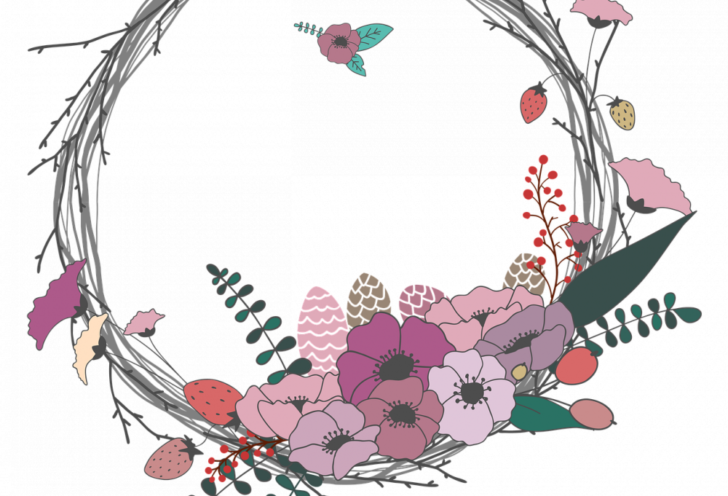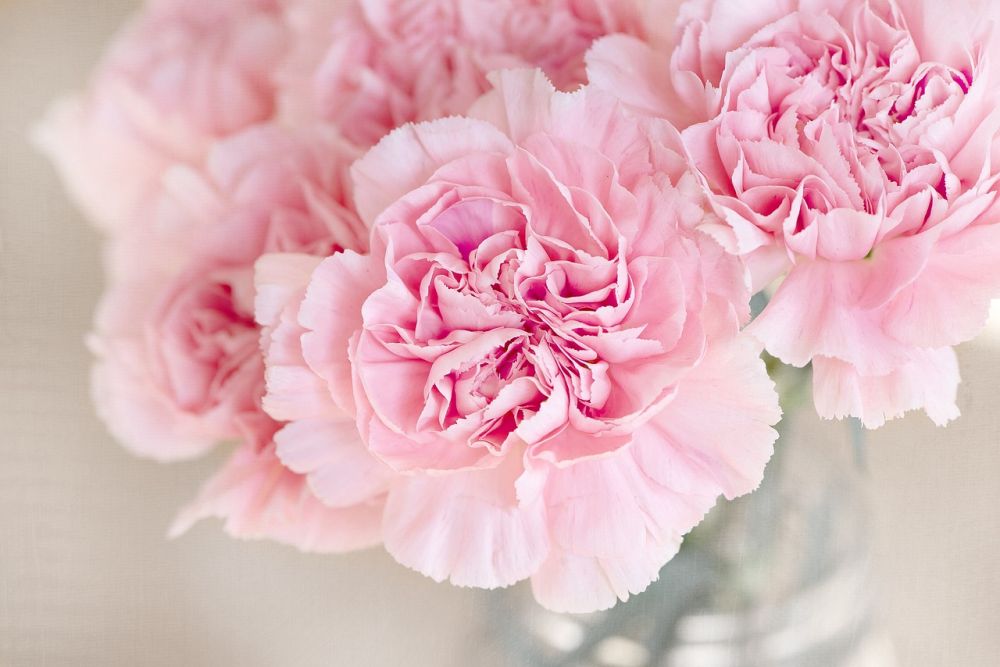All You Need to Know About Pilea Peperomioides (Chinese Money Plant)

Introduction
Pilea Peperomioides, commonly known as the ”Chinese Money Plant” or ”Pancake Plant,” is a unique and popular houseplant that has captured the hearts of many plant enthusiasts around the world. In this comprehensive article, we will delve into the various aspects of the Pilea Peperomioides, including its overview, types, popularity, quantitative measurements, differences among varieties, and a historical analysis of its pros and cons.
Overview of Pilea Peperomioides

Pilea Peperomioides is an evergreen perennial plant native to southwestern China. Its striking appearance, characterized by round, coin-shaped leaves, has earned it the name ”Chinese Money Plant.” The plant belongs to the Urticaceae family and thrives in well-draining soil and indirect sunlight. Its easy care requirements make it a preferred choice for both novice and experienced gardeners.
Types and Popularity of Pilea Peperomioides
While Pilea Peperomioides primarily exists in its typical form with round, green leaves on long stalks, there are also variegated varieties available. These variations feature unique patterns of white or cream-colored patches on the leaves, adding an extra touch of visual appeal to this already charming plant. Additionally, we will discuss the reasons behind Pilea Peperomioides’ popularity, such as its Instagram fame and its ability to propagate easily, making it a lovely gift option within the plant community.
Quantitative Measurements of Pilea Peperomioides
To further understand the growth potential and characteristics of Pilea Peperomioides, we will present quantitative measurements relevant to its size, leaf diameter, and preferred humidity levels. By providing this information, readers will be able to assess its suitability for their specific space and learn how to create an optimal environment for its growth.
Differences Among Pilea Peperomioides Varieties
While the basic traits of Pilea Peperomioides remain consistent across varieties, there are subtle differences that make each type unique. We will explore variations in leaf color, size, texture, and overall plant shape. By understanding these distinctions, individuals can choose the variety that best matches their aesthetic preferences.
Historical Analysis of Pros and Cons of Pilea Peperomioides
Throughout the years, Pilea Peperomioides has enjoyed both praise and criticism. In this section, we will delve into the historical perspective, highlighting the advantages and disadvantages associated with cultivating this plant. Factors such as its ability to purify indoor air and its tendency to be prone to certain pests will be discussed, allowing readers to make informed decisions about growing and caring for their Pilea Peperomioides.
Conclusion
In conclusion, Pilea Peperomioides, or the ”Chinese Money Plant,” is a captivating and beloved houseplant that brings joy and aesthetics to any space. Its unique characteristics, easy care requirements, and various types make it a sought-after addition to any indoor garden. By providing an in-depth overview, exploring its popularity, showcasing quantitative measurements, discussing variations, and analyzing historical pros and cons, this article equips readers with comprehensive knowledge about Pilea Peperomioides and empowers them to cultivate and appreciate this beautiful plant.
References:
– Insert relevant references here.





















